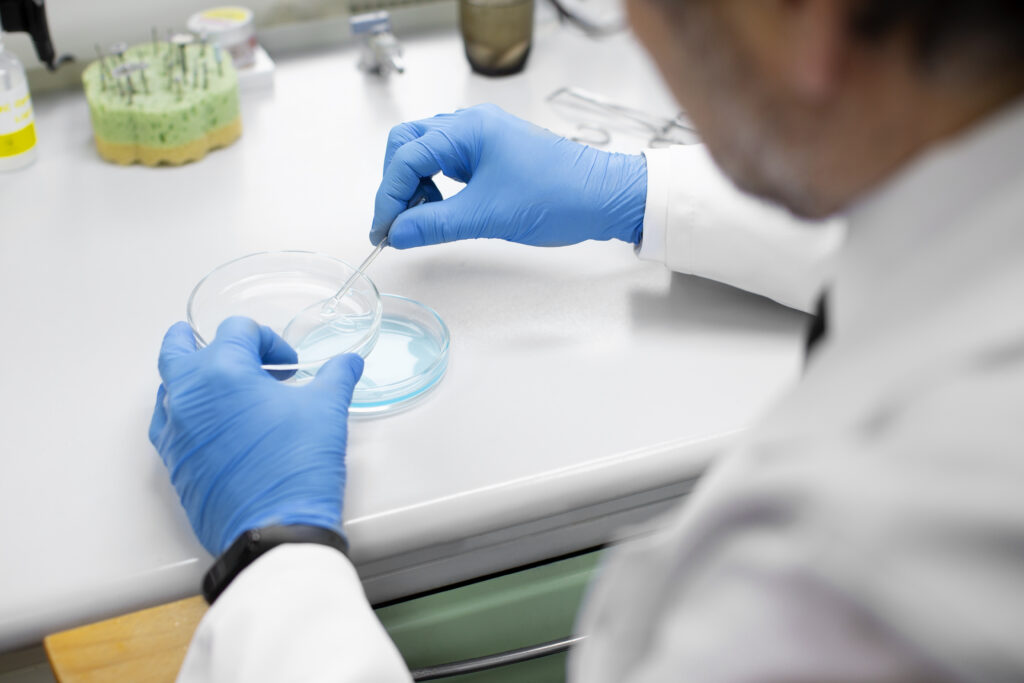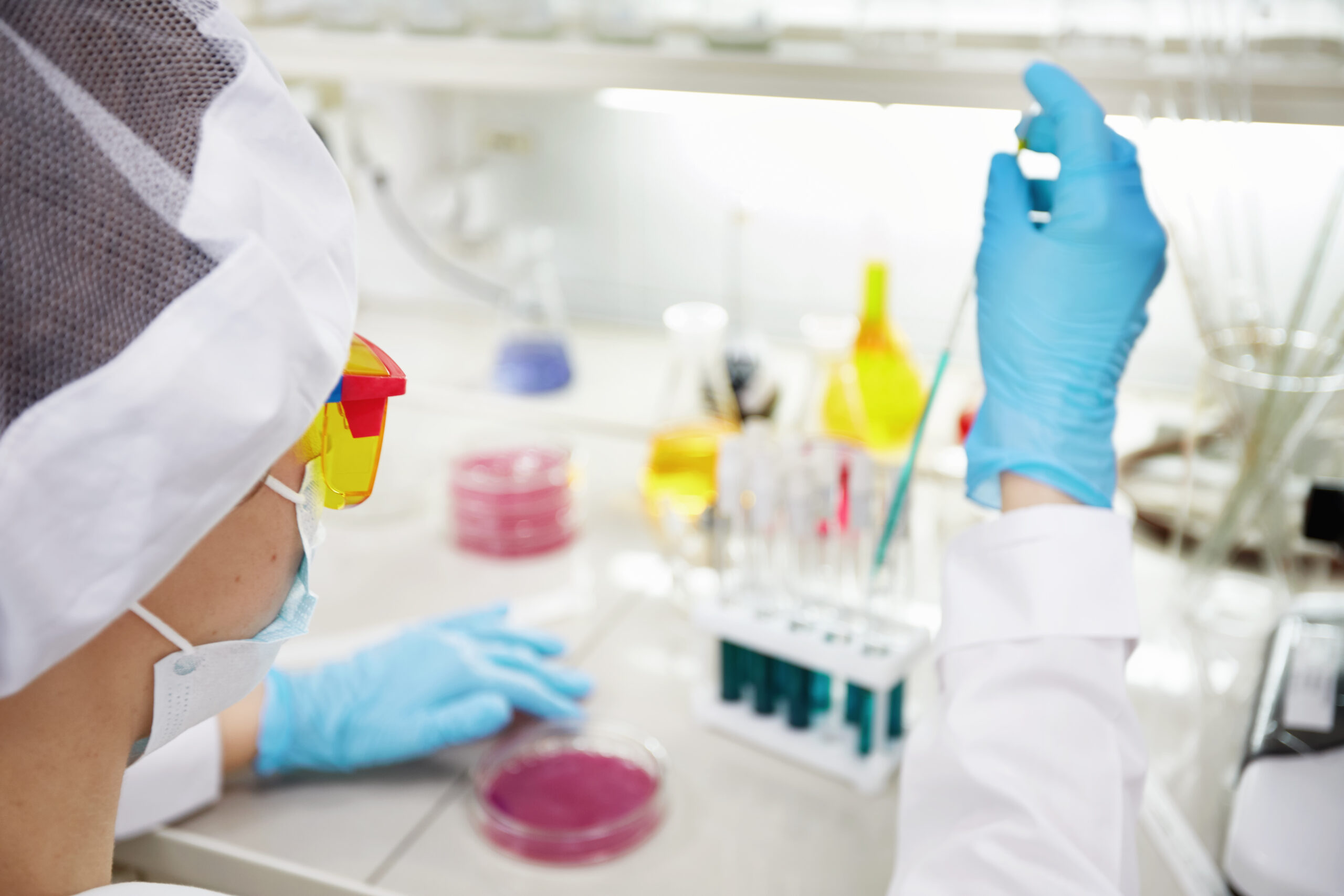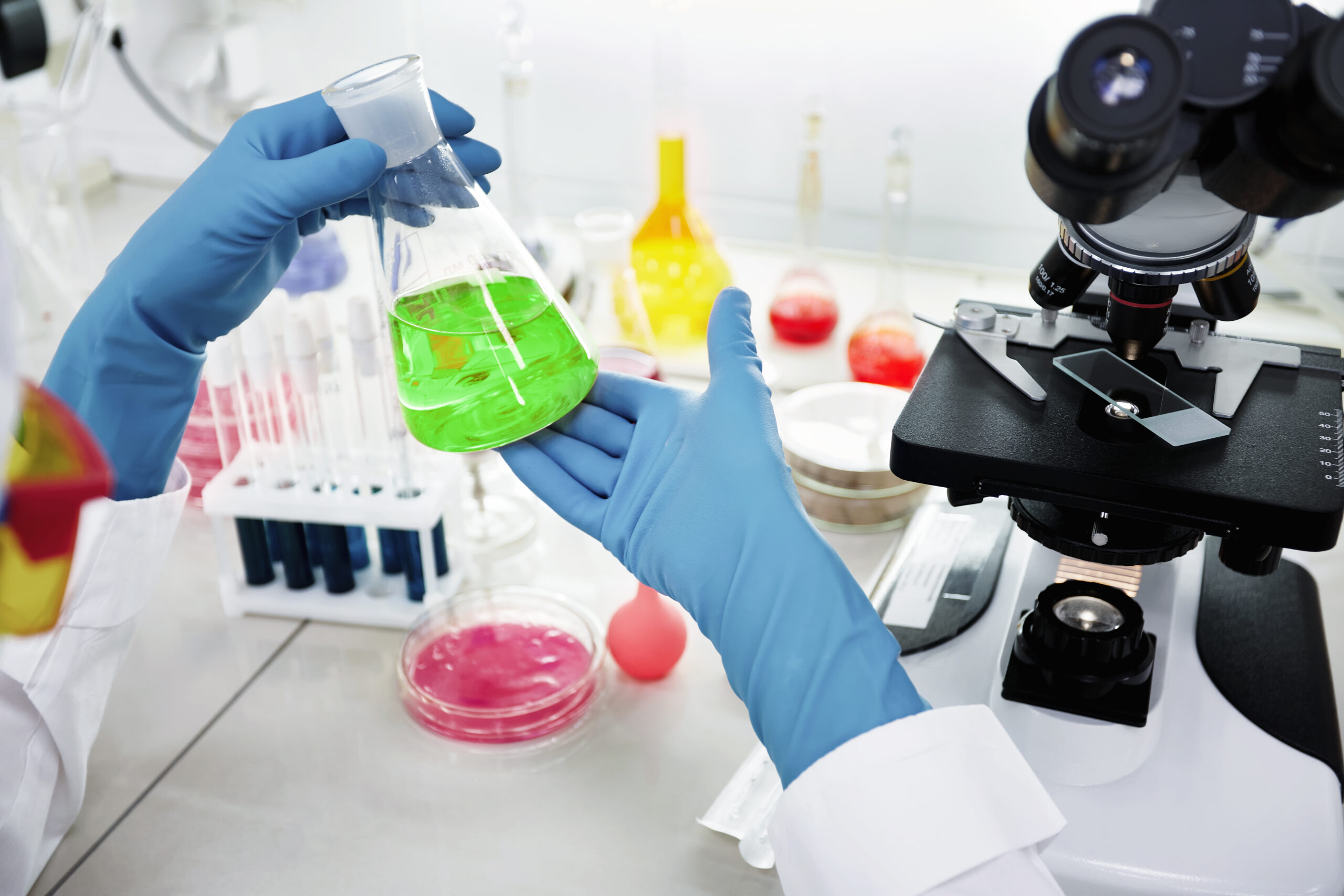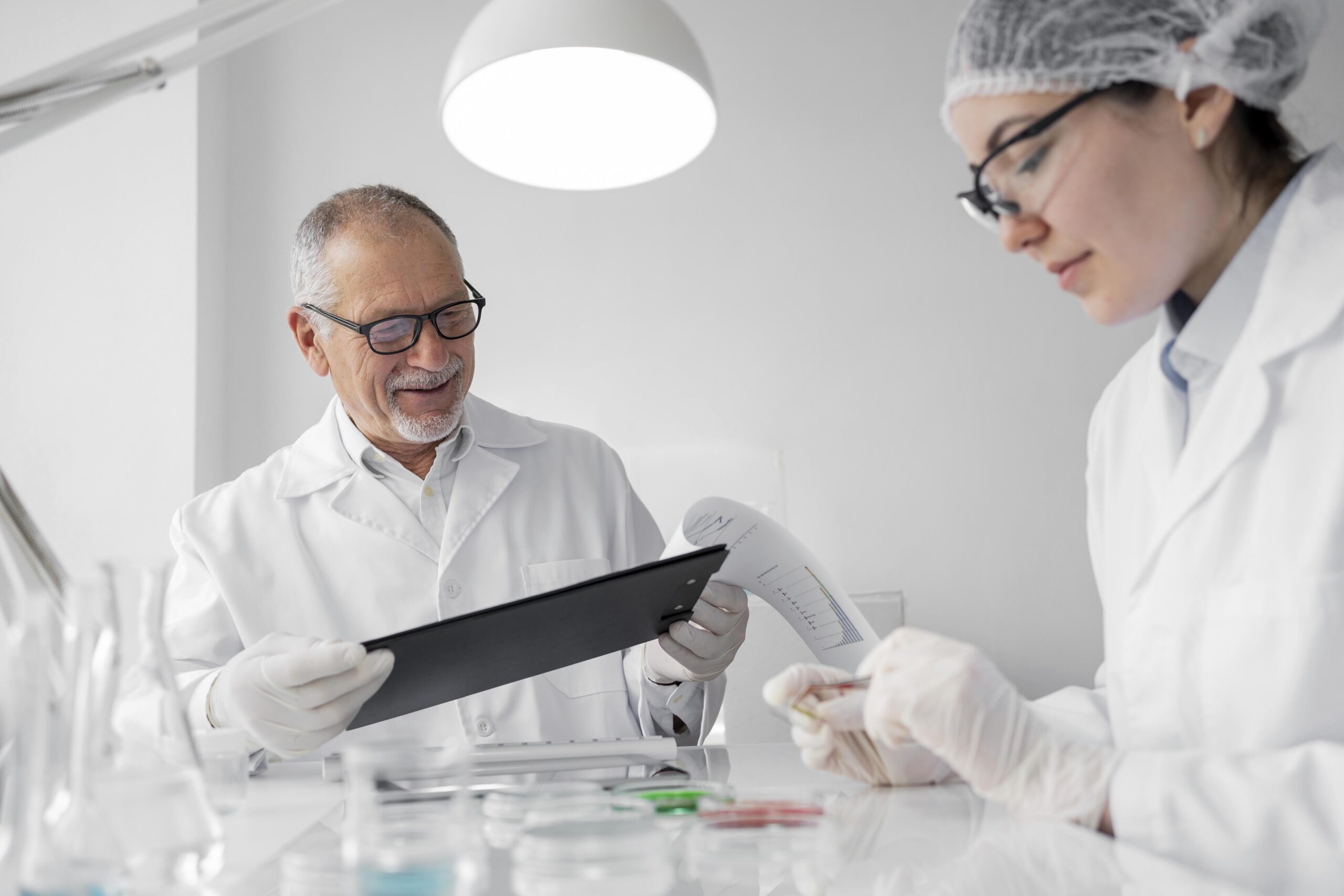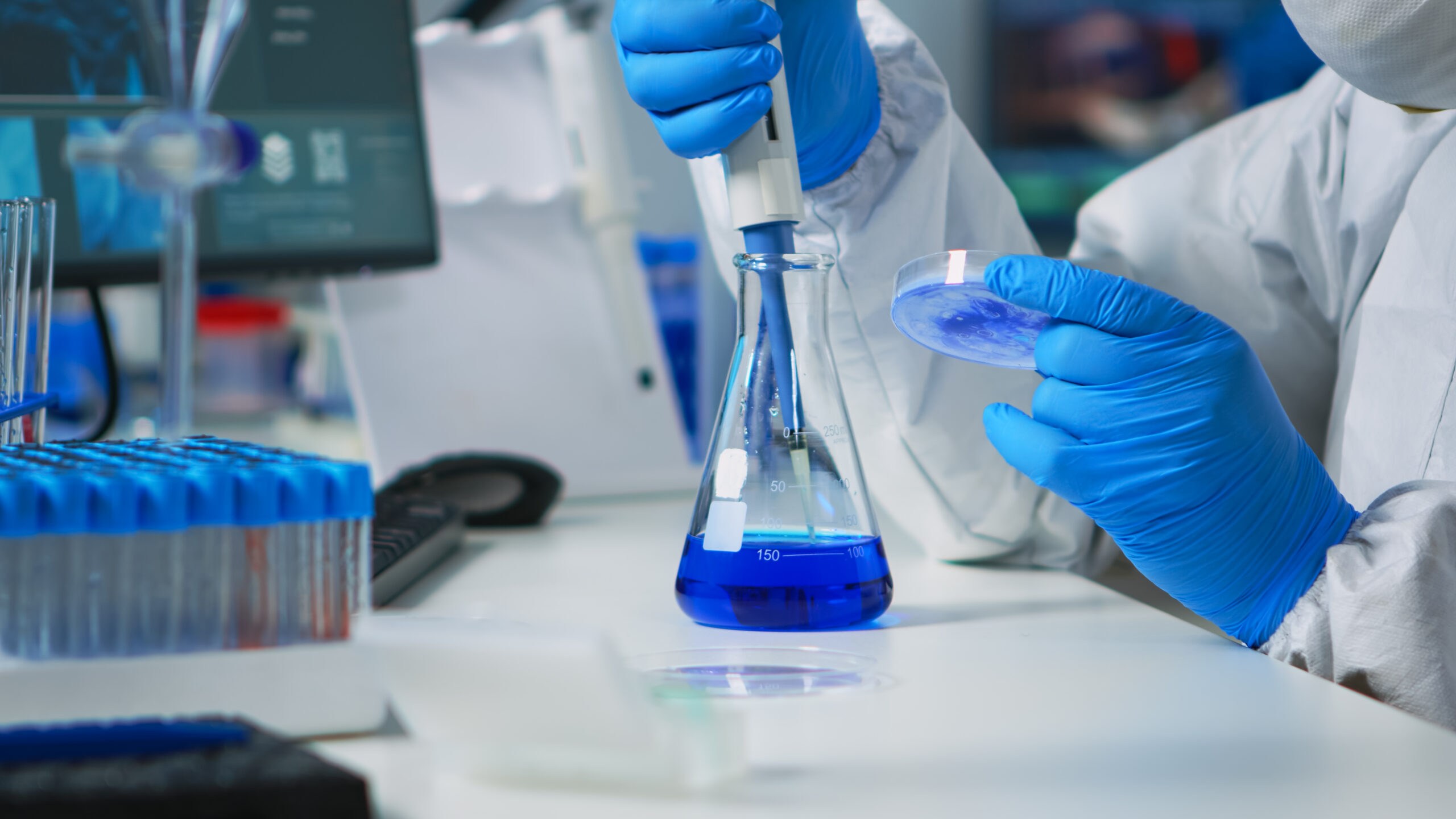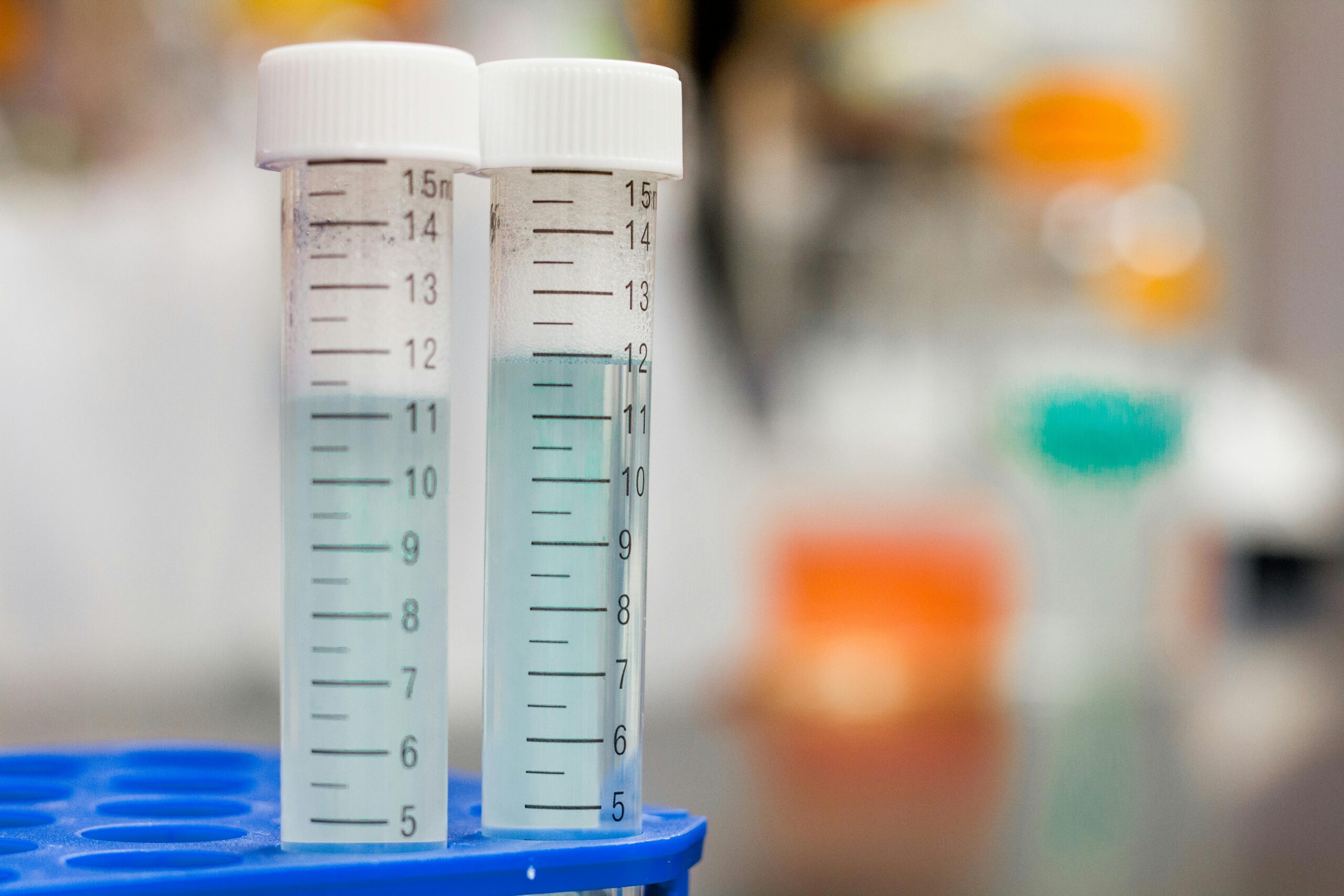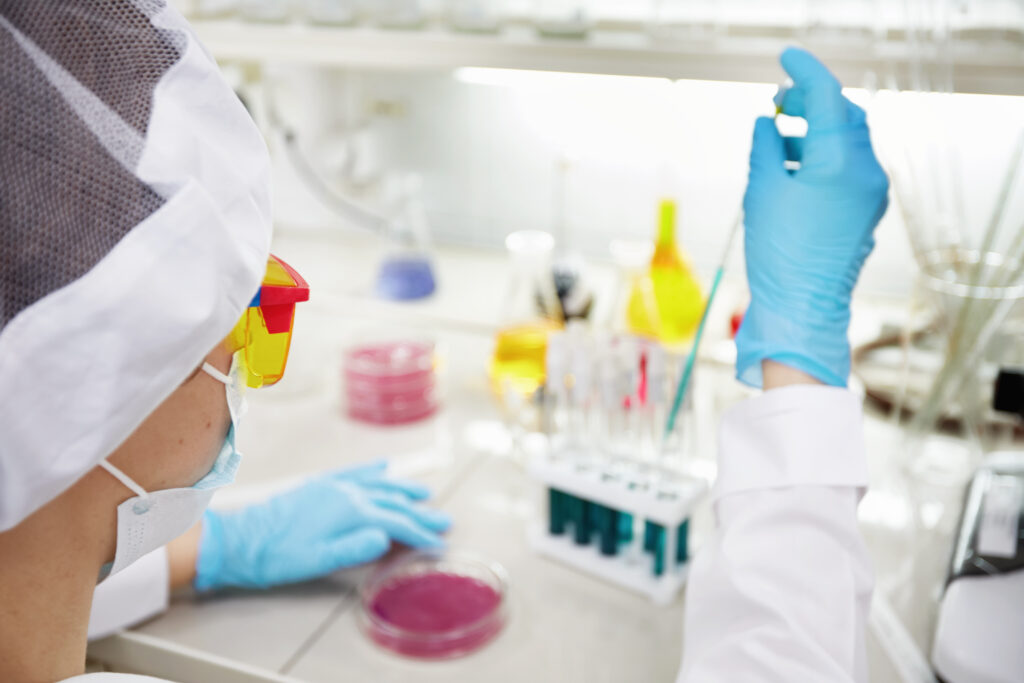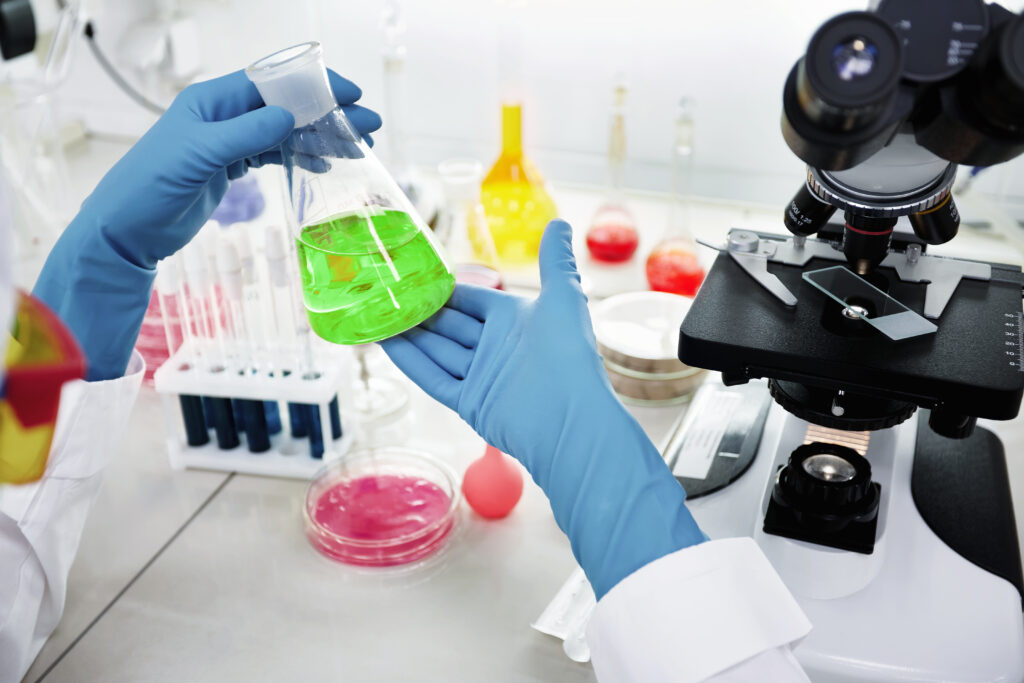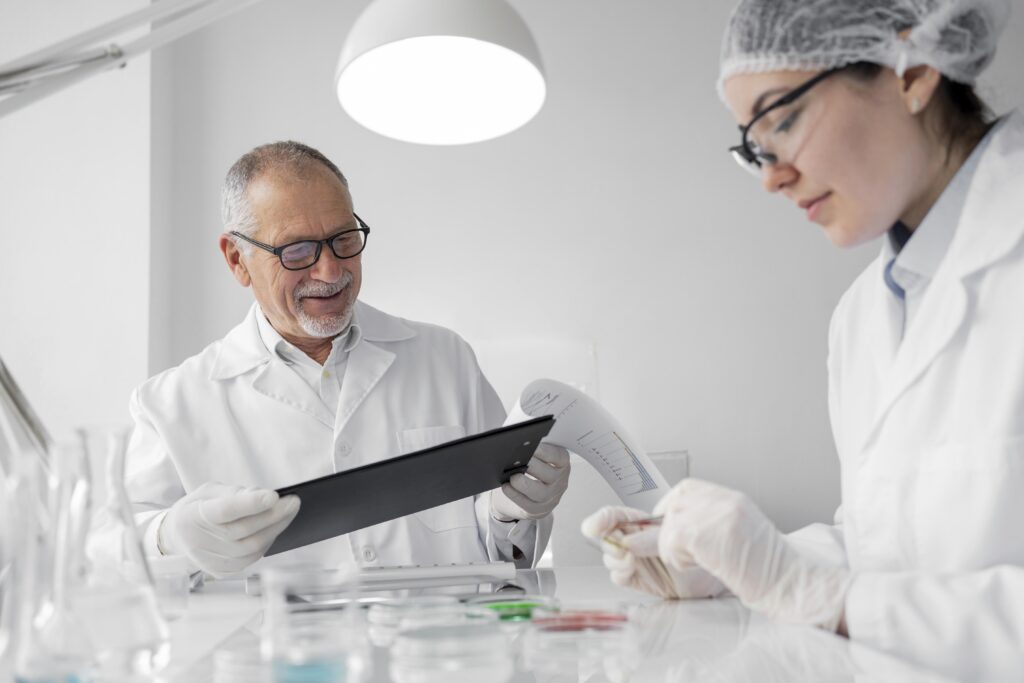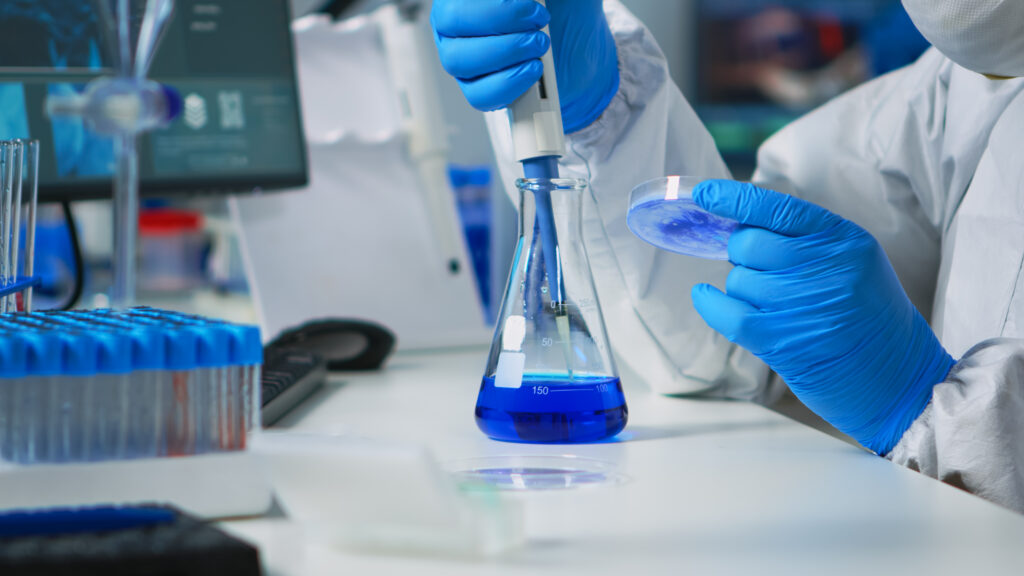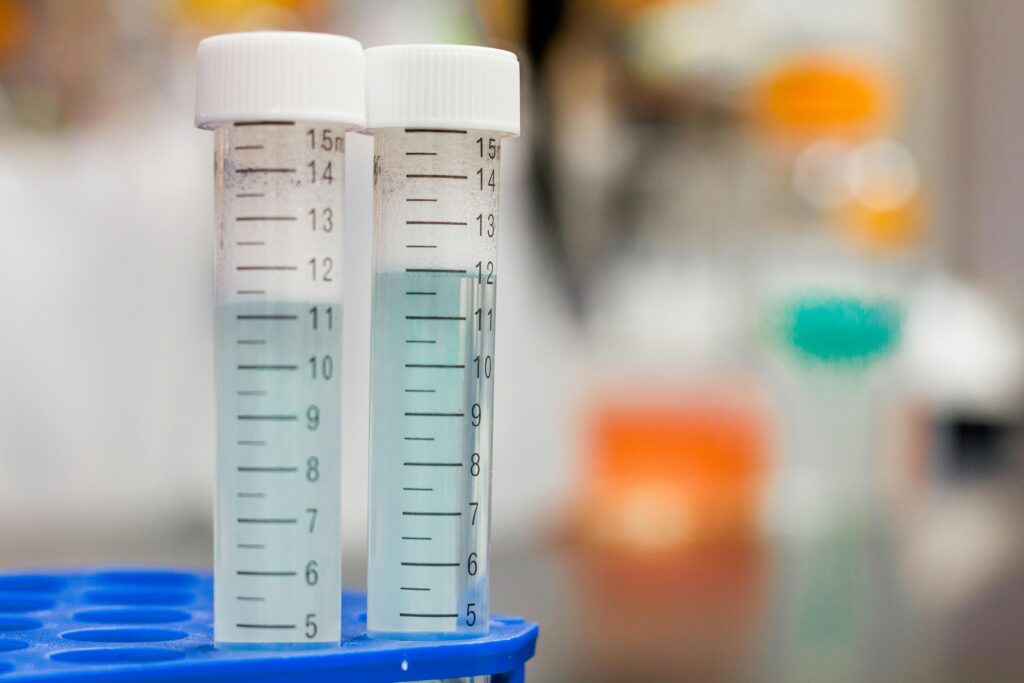The food business, consumers, and regulatory agencies all have serious concerns about ensuring food safety. Foodborne infections that can result in major morbidity and mortality can be brought on by contaminated food, which can have serious health effects. According to World Health Organization (WHO) estimates, each year approximately 600 million foodborne illness cases and 420,000 fatalities are attributed to contaminated food. This emphasizes how crucial it is to uphold strict food safety regulations. Due to the globalization of the food sector, food products are now sourced from a wider range of geographical areas, making it more difficult to monitor and guarantee food safety along the supply chain. Effective food safety procedures are now more important than ever to safeguard customers and preserve public confidence in food items.
Rapid food testing methods have become an essential response to these problems, providing a host of advantages over conventional testing methods. Conventional techniques, including culture-based testing, can take several days to produce results and are frequently laborious. On the other hand, rapid food testing techniques can yield precise findings in a few hours, facilitating prompt decision-making and prompt remedial measures in the event of contamination identification. These sophisticated techniques use state-of-the-art technology such as chromatography, biosensors, polymerase chain reaction (PCR), and immunoassays to detect pollutants with high sensitivity and precision.
The Importance of Food Safety
The procedures and environments that stop contamination and foodborne infections are referred to as “food safety.” Food contamination can lead to serious health problems such as poisoning, infections, and long-term illnesses. According to estimates from the World Health Organization (WHO), each year 420,000 people die as a result of foodborne illness, which affects around 600 million people. Maintaining consumer trust and food companies’ reputations are two further reasons to ensure food safety in addition to health protection.
What Are Rapid Food Testing Methods?
Rapid food testing methods are cutting-edge methods created to promptly identify allergies, infections, pollutants, and other dangerous materials in food items. Rapid testing procedures yield results in a couple of hours or even minutes, in contrast to traditional methods that can take days to give results. Modern technologies including chromatography, biosensors, polymerase chain reaction (PCR), and immunoassays are used in these procedures.
Key Rapid Food Testing Methods
1. Immunoassays: These assays identify particular proteins or antigens in food samples by using antibodies. They can recognize a broad variety of pathogens, such as bacteria, viruses, and poisons, and are incredibly specific.
2. Polymerase Chain Reaction (PCR): To identify the presence of particular genetic material from diseases, PCR amplifies DNA sequences. Because of its extreme sensitivity, it can detect even minute amounts of pollution.
3. Biosensors: To measure the presence of pollutants, these devices combine a physicochemical detector with a biological component. They are very effective for on-site testing and provide real-time monitoring.
4. Chromatography: This technique helps identify chemical pollutants, such as pesticides and poisons, in food products since it separates and analyzes complicated combinations.
How Rapid Food Testing Methods Ensure Food Safety
1. Speed and Efficiency
Rapid food testing methods cut down on the amount of time needed to receive test results. Rapid testing can provide results in a matter of hours, whereas traditional procedures, such as culture-based testing, can take several days. This speed is essential for making decisions quickly, particularly in the event of contamination or outbreaks of foodborne illness. Food producers can stop the spread of dangerous infections by promptly identifying the source of contamination and taking appropriate corrective action.
2. Accuracy and Sensitivity
Rapid food testing methods are made to be incredibly sensitive and accurate, able to find even minute levels of pollutants. This degree of accuracy is necessary to guarantee that food products adhere to legal requirements and safety norms. High-specificity methods such as PCR and immunoassays can detect certain infections, decreasing the possibility of false positives and negatives.
3. Cost-Effectiveness
Equipment for quick food testing may need a larger initial expenditure, but the advantages over time much exceed the drawbacks. Quick tests cut down on operating expenses by eliminating the requirement for a large laboratory staffing and infrastructure. Furthermore, companies can avoid significant losses and legal ramifications by averting widespread contamination and recalls.
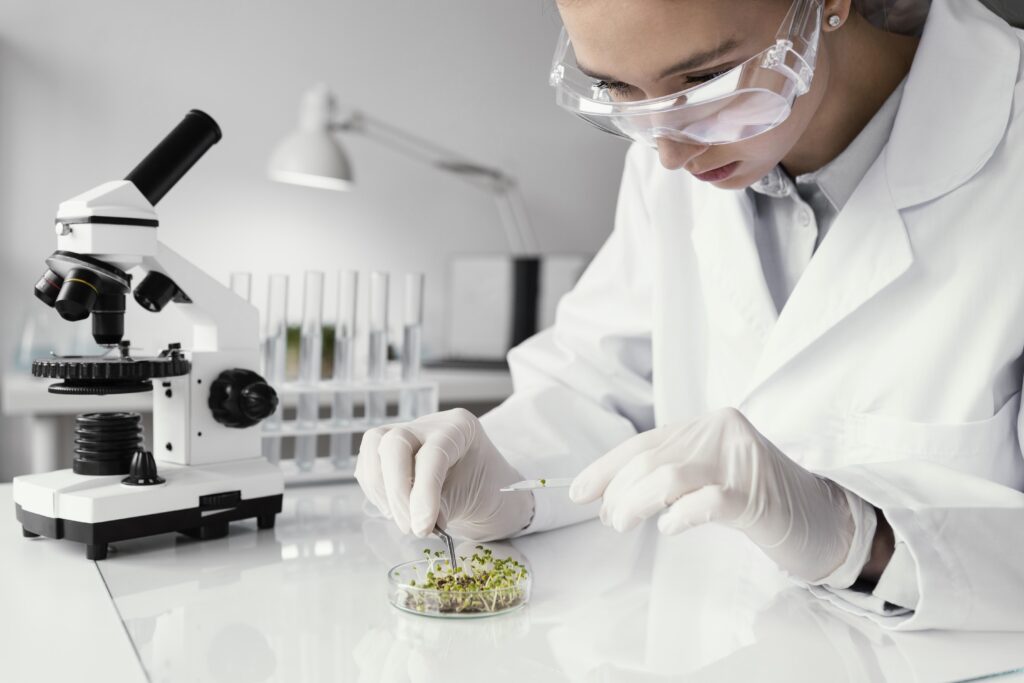
4. Enhanced Food Quality
Rapid food testing techniques support the preservation of food quality in addition to ensuring safety. Food producers can more effectively monitor and manage the quality of their products by testing their completed goods and raw materials regularly. By keeping an eye out for quality standards violations, this ongoing monitoring makes sure that only the best items are sold to customers.
5. Regulatory Compliance
Globally, laws about food safety are getting stricter. Food manufacturers can more effectively comply with these standards by using rapid food testing procedures. Testing quickly and frequently guarantees that all items fulfill the necessary safety requirements, preventing fines and other legal problems. Additionally, upholding compliance improves brand reputation and increases consumer confidence.
The Role of a Food Testing Lab
The application of quick food testing techniques greatly benefits from the work of nearby food testing facilities. These labs are manned by skilled experts who can perform a wide range of tests quickly and effectively, and they are furnished with the newest technology. Food manufacturers can obtain specialized services and expertise that might not be available internally by working with a food testing lab near me.
Challenges and Future Directions
Despite the numerous advantages, rapid food testing methods also face challenges, SMEs may face obstacles due to initial high costs, the requirement for specialized equipment and training, and the intricacy of certain testing methods. Ongoing technological developments, however, are resolving these problems and improving the affordability and accessibility of rapid testing techniques.
The future of rapid food testing methods looks promising, with innovations such as portable testing devices and automated systems on the horizon. These advancements will further enhance the speed, accuracy, and efficiency of food testing, ensuring even higher standards of food safety.
Conclusion
Rapid food testing methods are transforming the landscape of food safety. By providing quick, accurate, and cost-effective solutions, these methods are crucial in detecting contaminants, preventing foodborne illnesses, and maintaining high standards of food quality. Collaborating with a food testing lab near me further enhances the effectiveness of these methods, offering specialized services and expertise. As technology continues to evolve, rapid food testing methods will play an increasingly vital role in ensuring that the food we consume is safe and of the highest quality.
The field of food safety is changing due to the use of rapid food testing procedures. These techniques are essential for identifying pollutants, averting foodborne illnesses, and upholding strict food quality requirements because they offer prompt, precise, and affordable solutions. Working with a food testing lab in my area increases the efficacy of these techniques by providing specialized services and knowledge. Rapid food testing methods will become more and more important as technology develops to guarantee that the food we eat is safe and of the greatest caliber.

